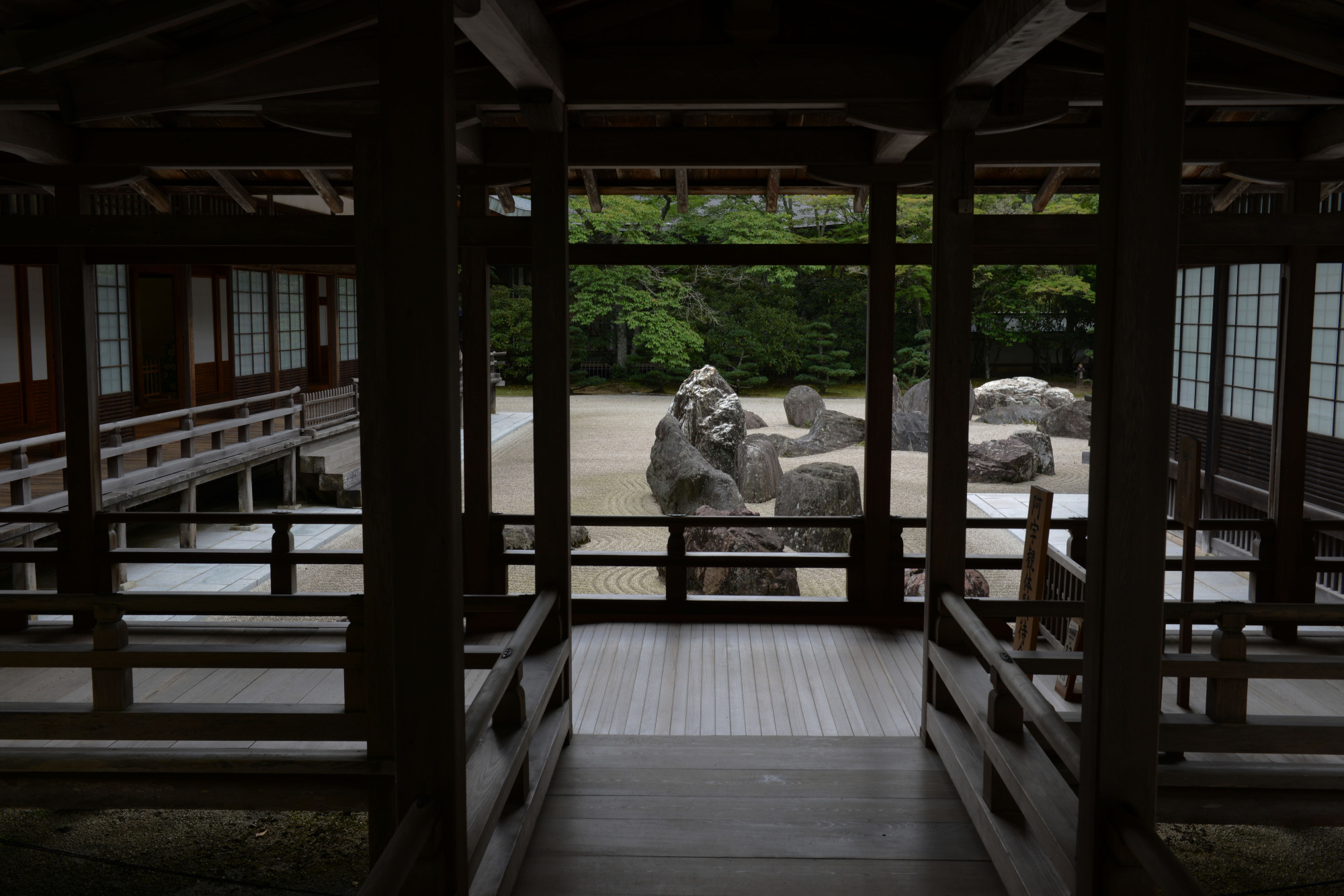Even with its convenience stores, souvenir outlets, tour buses and boutique coffee shops, Mount Koya might be modestly alluded to as a Japanese Lhasa. There is no living being, of course, who embodies the doctrines of a religious order such as the Dalai Lama, but in the person of the saintly priest Kukai, who founded the temple complex in 816 as the center of the Tantric Buddhist sect known as Shingon Mikkyo, the mountain top finds an ecclesiastical figure of compelling and charismatic force.
A remarkable man — a gifted calligrapher and scholar — it's not difficult imagining Kukai as a mendicant monk, wandering through this mist filled mesa. In contrast to today's pilgrim, decked out in crisply laundered and ironed apparel, all effort circumvented or accelerated by modern amenities such as buses, Kukai's robes would likely have been saturated with damp and filth after months of walking through these forests, co-existing with leeches, snakes, monkeys and wild boar. The Buddha may have befriended animals, turning them into fellow travelers, but common pilgrims would have faced the animosities of the natural world without the benefit of divine protection or wizardry.
The notion of companionship on a spiritual journey is a recurring theme, though, on Mount Koya. Many of the white-clad pilgrims who stream through the town in the direction of Okunoin, a cryptomeria forest that is also a massive graveyard, place of worship, and repository for religious reliquaries, have dōgyō ninin (twin-person group) printed on their clothing, the words expressing the conviction that they are not alone, but making a pilgrimage in the company of none other than Kukai himself.


















With your current subscription plan you can comment on stories. However, before writing your first comment, please create a display name in the Profile section of your subscriber account page.